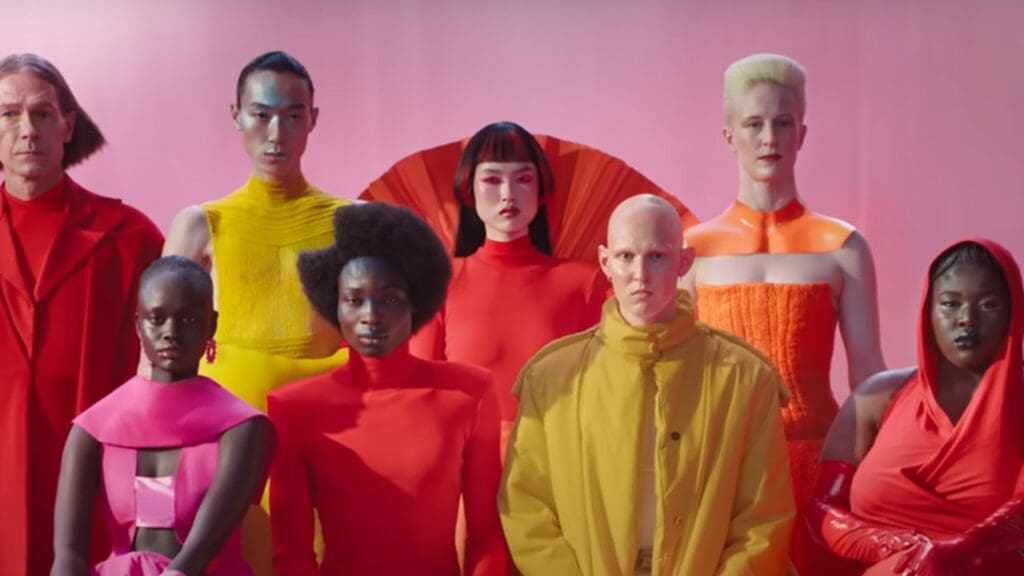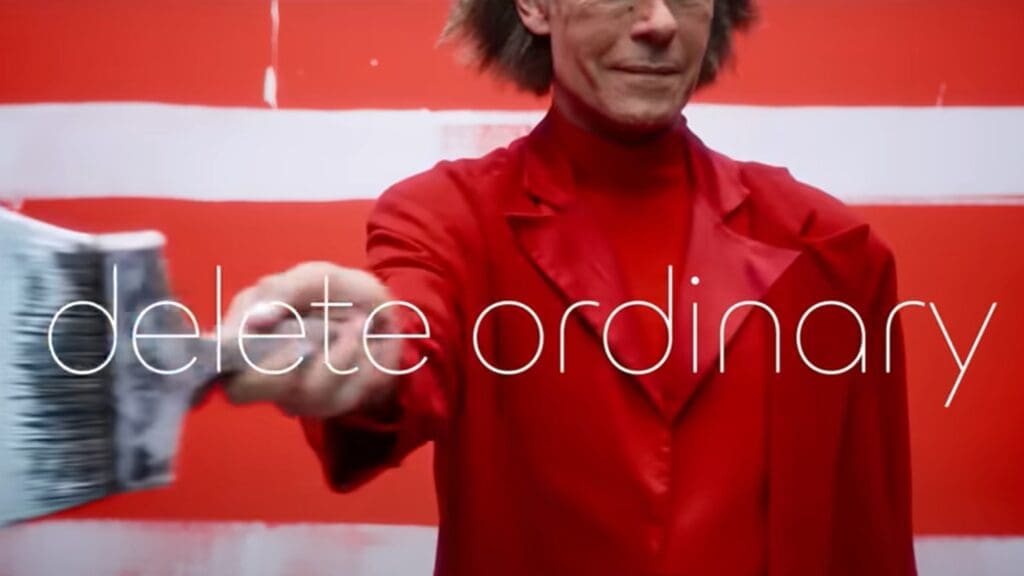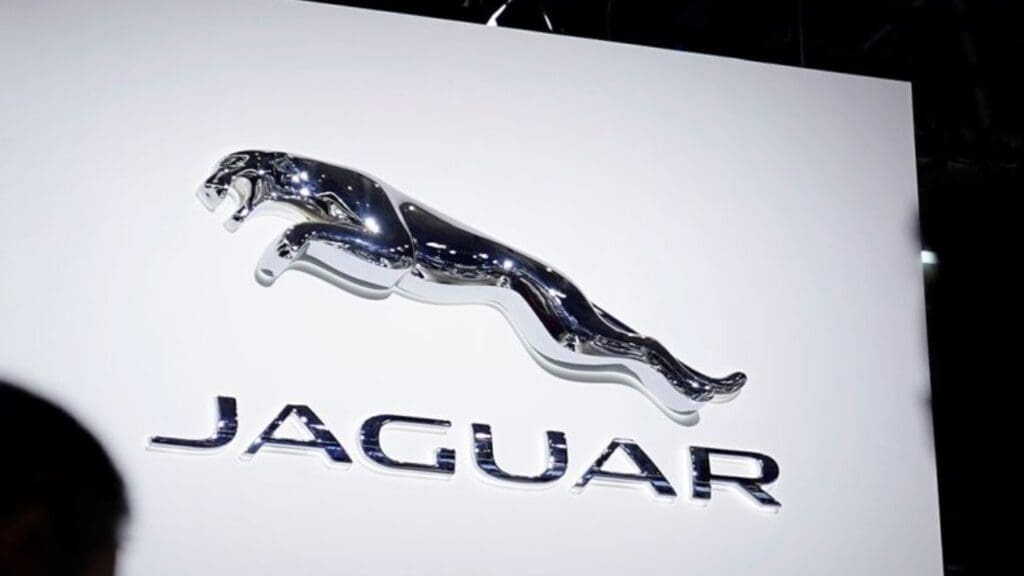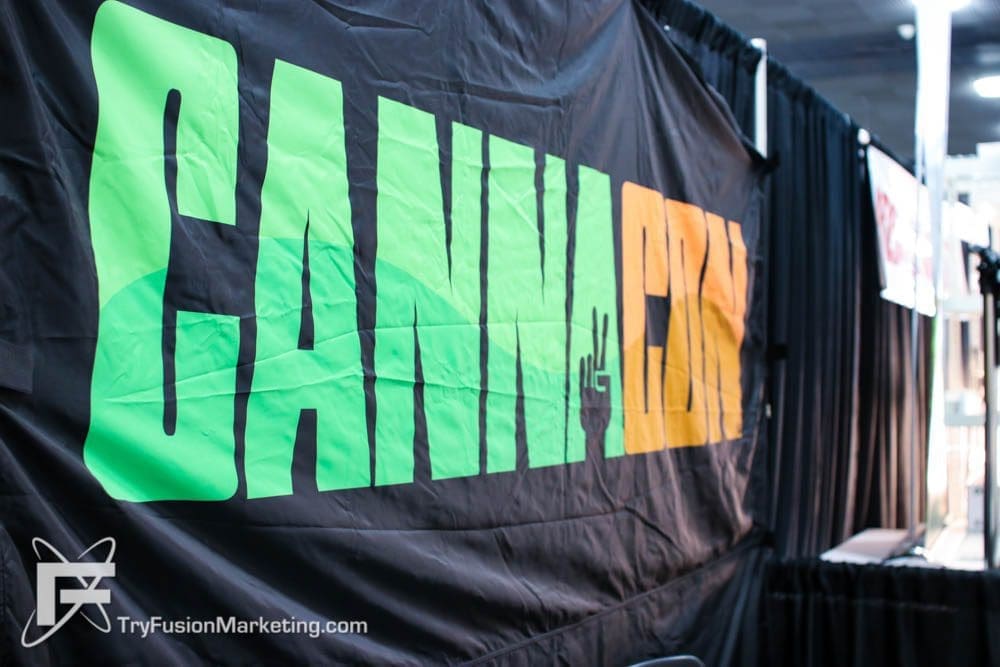As reported by Thanos Pappas at CarScoops, Jaguar has unveiled its overhauled branding identity – a transformative shift marking the beginning of its EV-only era. For a brand investing billions in its electric future, this “complete reset” of its visual identity represents an additional gamble: that luxury car buyers are ready for radical change on multiple fronts. With parent company JLR committing £15 billion to electrification through 2026, the stakes couldn’t be higher.

Industry Reactions Signal Broader Concerns
The new identity system centers around four core elements: the Device Mark, Strikethrough, Exuberant Colors, and Makers Marks. While Jaguar positions this as a bold step forward, industry reactions suggest potential challenges ahead.
“It looks like something that a junior designer would have put out for a class project where they ‘rebrand’ an already established company,” said Hofmann. “While I appreciate the JR crest and its symmetry, the textmark looks unprofessional with the current mix of upper and lower cases letters- especially when paired with a pink gradient. That said, I understand that I’m not the target audience and this masterpiece may have just missed me.”

The Risk of Simultaneous Transformation
Jaguar isn’t just changing its visual identity – it’s simultaneously transforming its entire product lineup to electric vehicles. This approach stands in stark contrast to Porsche’s successful EV transition, where the Taycan maintained clear visual continuity with the brand’s heritage while embracing electric innovation. The result? Porsche achieved record sales in 2023, with EVs complementing rather than replacing their brand identity.
While other luxury automakers have taken measured approaches to their EV transitions (Mercedes-Benz with its EQ line, BMW with its i Series), Jaguar seems to be betting that a complete reinvention will help them leapfrog the competition. However, this strategy of changing everything at once – powertrain technology, visual identity, and brand positioning – could potentially overwhelm traditional Jaguar customers who are already hesitant about electric vehicles.

The British Luxury Conundrum
Within the UK luxury automotive sector, Jaguar’s approach stands alone. Bentley, while committed to full electrification by 2030, is maintaining its distinctive design language and brand heritage throughout the transition. Rolls-Royce’s Spectre EV demonstrates how traditional luxury cues can evolve for the electric age without alienating core customers. This makes Jaguar’s radical departure even more striking within the British luxury context – and potentially more risky.
The Competitive Landscape Challenge
According to CarScoops, Jaguar’s Chief Creative Officer, Professor Gerry McGovern, frames this rebrand as “returning to the values that once made it so loved, but making it relevant for a contemporary audience.” Yet this creates a complex competitive challenge: Jaguar must now compete with both traditional luxury brands’ EV offerings and new electric-native brands like Tesla and Lucid.
This radical departure from traditional luxury automotive design cues might make it harder for Jaguar to maintain its connection with existing customers while potentially not going far enough to attract buyers who are already comfortable with more tech-forward EV brands.

Managing Multiple Transformations
As Jaguar prepares to launch three new EVs before 2030, they face several simultaneous challenges:
Converting traditional luxury car buyers to electric vehicles
Maintaining brand recognition despite a completely new visual identity
Competing with both established luxury brands and EV startups
Justifying premium pricing in an increasingly crowded electric luxury market
The Broader Industry Implications and Future Outlook
History suggests that luxury consumers tend to be more conservative when it comes to radical brand changes, preferring evolution over revolution. The success stories in luxury automotive electrification so far – Porsche chief among them – have maintained strong visual and brand continuity while innovating under the skin.
Jaguar’s founder Sir William Lyons famously declared that “a Jaguar should be a copy of nothing.” However, in trying to honor this directive through simultaneous powertrain and brand transformation, Jaguar risks becoming unrecognizable to its core audience. Research consistently shows that luxury buyers value heritage and continuity – particularly during periods of technological disruption when familiar brands can provide reassurance.

The coming years will reveal whether Jaguar’s bet on simultaneous transformation pays off. But early indicators from the broader luxury market suggest that brands maintaining design consistency during their EV transition are finding more success with traditional luxury buyers. In an era of unprecedented change in the automotive industry, perhaps some things – like brand recognition and heritage – are better evolved than revolutionized.





